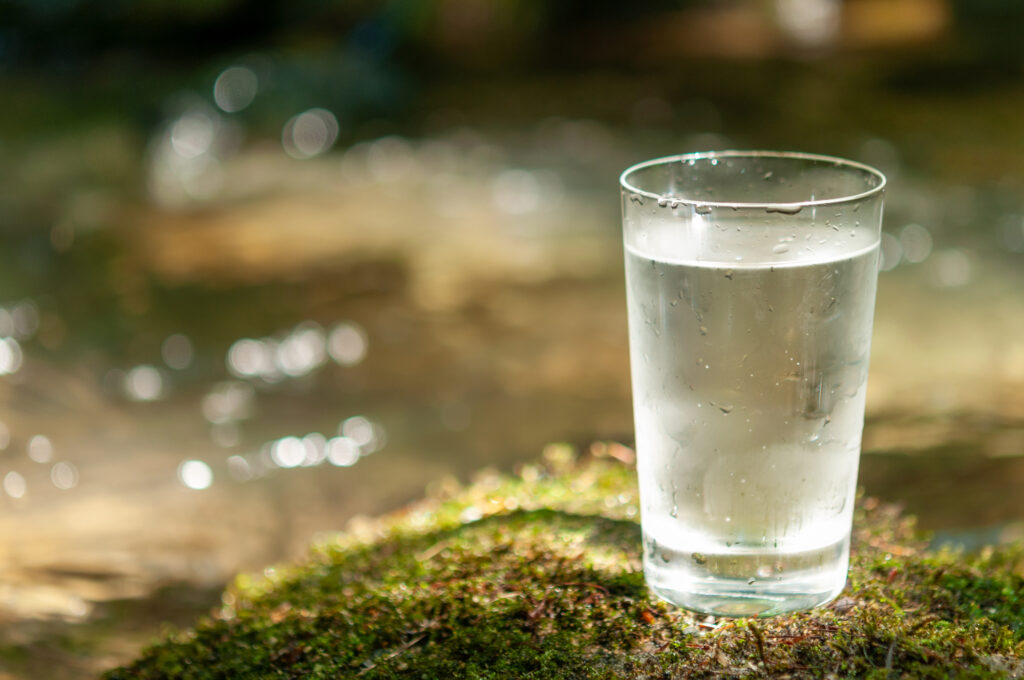CALCIUM & MAGNESIUM IN YOUR WATER

The minerals found in river water (a big source for drinking water) are the same as those found in the continental bedrock through which they flow. Much of this bedrock is formed from the fossils of ancient sea creatures; these fossils contain calcium and magnesium, accumulated over millions of years and thrust up on continents through geologic forces.
Calcium and magnesium are earth metals common in rocks found on continents. They exist as salts like calcium chloride and magnesium chloride. Calcium carbonate is used by plankton and mollusks in the ocean in order to build their shells. When these organisms die, they sink to the bottom of the ocean. The soft parts of the organisms decay, but the calcium carbonate shells keep building up in layers of sediment that eventually turn to stone. Geologic forces thrust sedimentary layers upward onto continents through plate tectonics. Rainwater and snowmelt erode the minerals in these layers and add calcium, magnesium, and other minerals to river water.
Calcium and magnesium contribute to “hard water”; they combine with soaps and detergents and make them less effective. They also form deposits in pipes, boilers, and other fittings that can reduce flow or cause blockages. Hard-water sources can be treated at the municipal level or at the point of use (e.g. homes, businesses, industry). Superior Water’s WATERBOY system can help you with your point-of-use water-softening needs.

![3670104[1]](https://superiorwater.com/wp-content/uploads/2021/03/36701041-150x150.png)
![WQA[1]](https://superiorwater.com/wp-content/uploads/2021/03/WQA1.png)
![bbb-accredited-business-symbol-png-logo-17[1]](https://superiorwater.com/wp-content/uploads/2021/03/bbb-accredited-business-symbol-png-logo-171.png)
![800px-Flag_of_the_United_States[1]](https://superiorwater.com/wp-content/uploads/2021/03/800px-Flag_of_the_United_States1.png)